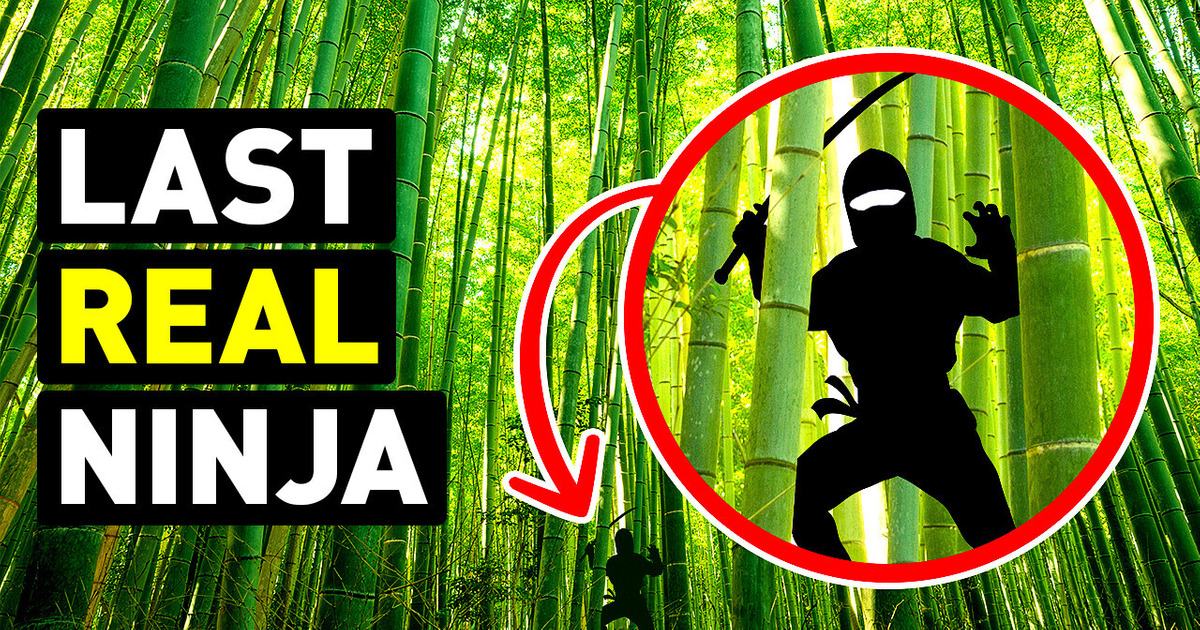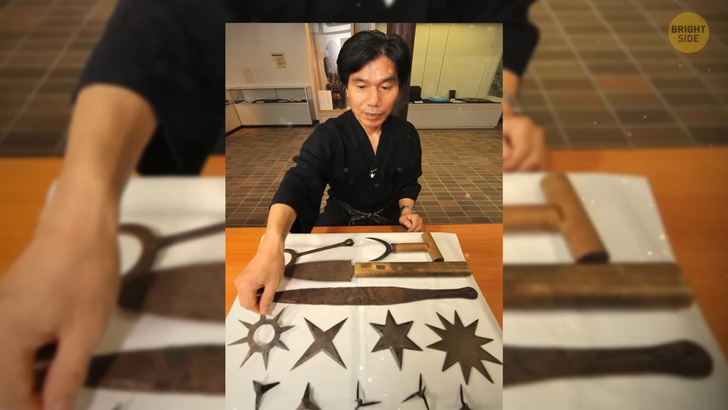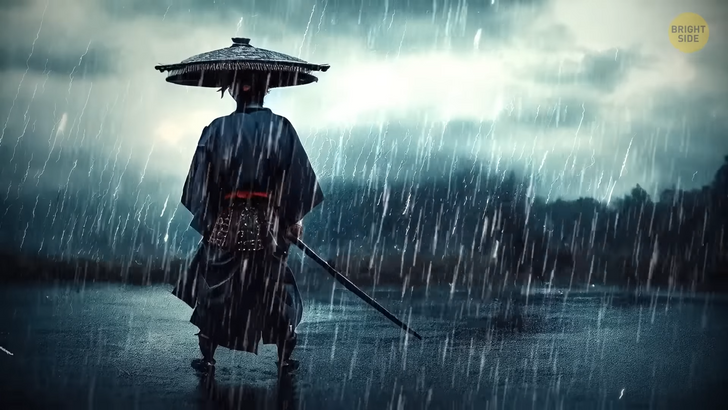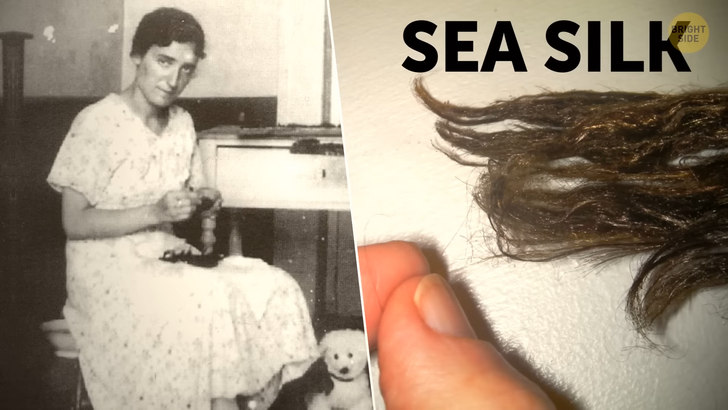“So Disrespectful,” Meghan Markle Gets Slammed for Her Revealing Outfits During Africa Visit


They are superfast, super smart, can defeat pretty much anyone, and only exist in movies and literature. Well, not really — ninjas are among us, at least one of them. Jinichi Kawakami [dzi-NI-ki ka-wa-KA-mi], a 73-year-old engineer, is probably Japan’s last true ninja grandmaster. He’s the 21st head of the Ban Clan.
This family has ninja roots going back 500 years. And it looks like Jinichi will become the final one, as he doesn’t have plans to pass his skills over to a 22nd clan head. If you believe the Japanese folklore, the ninjas’ ancestor is a demon that was half man and half crow.

According to more official records, a fallen samurai started the first ninja school in 1162. As Japan was going through some turbulent centuries, the ninja culture was thriving. You didn’t have to be a disgraced samurai or nobility to join them. Most ninjas were peasants and farmers who needed the skills to protect their property. Female ninjas would disguise themselves as dancers or servants to get close to enemies and find out their secrets.
Then, as things became more stable in the country, the practice became less popular, although some families, like the Kawakamis, stayed true to it. The last ninja on the planet started learning the ancient art of his ancestors when he was 6 years old. He mastered chemistry, weather, and psychology and, of course, developed some physical skills. He practiced concentration looking at the wick of a candle until he had a feeling he was inside it.
He also practiced super hearing: even a needle wouldn’t drop on the floor unnoticed. He was also trained to endure heat and cold, pain and hunger. He had to climb walls, jump from heights and mix chemicals. He remembers that training was super hard, but he got used to it as a part of his life.

At 19, Jinichi officially became a master and received secret scrolls and tools from his teacher. One important secret he gladly shares with the world is that being a ninja is more about catching people off guard than about using force. He decided not to appoint anyone as grandmaster as he believes it’s impossible to practice all ninja skills in today’s reality. He did share some of his skills and had a top student who is now sharing that knowledge with others. Kawakami now runs a museum in Japan and does research on the history of ninjas at one of the local universities.
Do you remember that globe in your Geography classroom? Chances are that it was created at one of the last studios in the world that still makes globes by hand. These globes cost a lump sum, from $1,800 for a mini desk globe to $89,000 for the largest model available. The craftspeople who produce them at Bellerby & Co, a studio hidden in a back alley in North London, work at some of the globes for up to a year. It takes a lot of effort, skill, and patience as they follow the process, which is centuries old, step by step. The company’s founder says it took him around two years to master the process, and he keeps learning every day.
He was inspired to start the studio after an unsuccessful search for a globe for his father’s Birthday. There are over 20 people working at the studio now, from cartographers who design the maps to artists who paint the details, shade in borders and coastlines, and make sure every brushstroke is precise. Bellerby says they managed the materials and techniques that make their globes last for centuries. If you decide to order your globe, you can make it custom with your travel routes or important places highlighted on it.

You’d most likely walk by this building tucked away in the southern Indian city of Chennai, but it’s worth a stop. In there, every day since 1927, a team has been working on creating what is now the last handwritten newspaper in the world. Three generations of the team have changed, all with the same mission to preserve the ancient art of Urdu calligraphy. Today, six people work on The Musalman. They have a rather small room with two fans, three light bulbs, and one tube light, and they’re all devoted to their task.
The paper comes out every evening and consists of 4 pages. First, it’s written by hand and then produced into many copies on a printing press for thousands of subscribers. There’s a factory in Britain that might be the last in the world still producing scissors by hand [Ernest Wright and Son Ltd]. The Wright family was in the scissors-making business starting from at least the beginning of the 19th century. The craft was passed from generation to generation until the head of the fifth generation passed away.
The business was thriving up to the 1970s. But then, people got easy access to cheaper scissors from Asia that they weren’t sorry to replace every once in a while. The number of scissor-making companies in England dropped from 70 to 2 by 1990! Then, the new owners of the Wright business stepped in. Things weren’t going too well, but then a video about the process of scissor making at the company went viral, and they got flooded with orders from the US and stayed afloat.

We all remember those images of silkworms working hard to spin some silk from Biology books. But there is one lady in this world who knows how to spin sea silk, or byssus [BI-ses], from the saliva of a super rare type of clam. Her name is Chiara Vigo, and she lives in Italy, on one of the Sardinian islands. She learned the craft from her grandmother, who learned it from her mother.
Every spring, she goes diving early in the mornings to collect clam saliva and turn it into what was the finest fabric in Ancient Egypt, Greece, and Rome. The resulting silk shines like gold in the Sun and weighs almost nothing. You’d think Chiara could make millions out of her craft, but she never sells any of her works. She believes they’re the soul of the sea and gives the fabric for free to people who ask for help. They believe byssus brings good luck and fertility.
The last cable car system in the world is almost 150 years old and still functioning in ... you guessed it right — San Francisco. It has the status of a national landmark, and it’s impossible to imagine the city without it. The idea of the cable car came to an engineer from Scotland [Andrew Smith Hallidie] when he saw horses struggling on the wet cobblestones to pull a horsecar up. He worked in the mining industry, and so he adapted the conveyor-belt technology that lifted heavy loads for the cable car system.
His invention was a huge instant success. By the middle of the 20th century, buses became much cheaper to operate than cable cars, so the then-mayor of San Francisco declared that the city should get rid of the vintage means of transport. The residents stood strong against this decision and managed to save their beloved cable car system.

Have you ever watched a movie at a mobile cinema? The whole idea of it appeared in the UK in the 1960s. The point back then was for a cinema to travel between engineering firms and play videos on how to improve their productivity.
The first prototype was a success, so they built seven custom mobile cinemas called Bedfords to tour the country to raise standards and promote British history. Movies were played inside the trailer. The Ministry of Technology soon sold all the mobile cinemas, and only one can still serve the original purpose. It is now stationed at a museum, among other vintage vehicles.

The PS Waverley is the only remaining passenger paddle steamer in the world. It was named after Sir Walter Scott’s first novel, Waverley. It has been transporting passengers since 1975. The buyers had restored the steamer’s original appearance from the mid 20th century when it was built.
If you want to see it yourself, you can take an excursion from one of the British ports. The Waverley has traveled around the UK coast multiple times and has got the status of “a vessel of pre-eminent national importance.”











